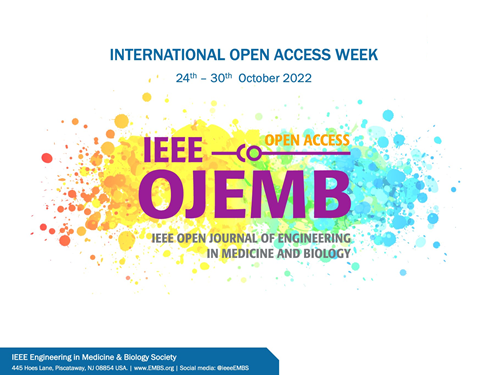Optimized Whole-Slide-Image H&E Stain Normalization: A Step Towards Big Data Integration in Digital Pathology
IF 2.9
Q3 ENGINEERING, BIOMEDICAL
IEEE Open Journal of Engineering in Medicine and Biology
Pub Date : 2024-09-06
DOI:10.1109/OJEMB.2024.3455011
引用次数: 0
Abstract
In the medical diagnostics domain, pathology and histology are pivotal for the precise identification of diseases. Digital histopathology, enhanced by automation, facilitates the efficient analysis of massive amount of biopsy images produced on a daily basis, streamlining the evaluation process. This study focuses in Stain Color Normalization (SCN) within a Whole-Slide Image (WSI) cohort, aiming to reduce batch biases. Building on published graphical method, this research demonstrates a mathematical population or data-driven method that optimizes the dependency on the number of reference WSIs and corresponding aggregate sums, thereby increasing SCN process efficiency. This method expedites the analysis of color convergence 50-fold by using stain vector Euclidean distance analysis, slashing the requirement for reference WSIs by more than half. The approach is validated through a tripartite methodology: 1) Stain vector euclidean distances analysis, 2) Distance computation timing, and 3) Qualitative and quantitative assessments of SCN across cancer tumors regions of interest. The results validate the performance of data-driven SCN method, thus potential to enhance the precision and reliability of computational pathology analyses. This advancement is poised to enhance diagnostic processes, therapeutic strategies, and patient prognosis.优化的全切片图像 H&e 染色归一化:迈向数字病理学大数据整合的一步
在医疗诊断领域,病理学和组织学是精确鉴定疾病的关键。通过自动化增强的数字组织病理学有助于高效分析每天产生的大量活检图像,从而简化评估流程。本研究的重点是在全切片图像(WSI)群组中进行染色颜色归一化(SCN),旨在减少批次偏差。在已发表的图形方法基础上,本研究展示了一种数学群体或数据驱动方法,可优化对参考 WSI 数量和相应总和的依赖性,从而提高 SCN 流程的效率。该方法通过使用染色向量欧氏距离分析,将色彩收敛分析的速度提高了 50 倍,对参考 WSI 的要求降低了一半以上。该方法通过以下三方面的方法进行验证:1)染色矢量欧氏距离分析;2)距离计算计时;3)对癌症肿瘤相关区域的 SCN 进行定性和定量评估。结果验证了数据驱动 SCN 方法的性能,从而有望提高计算病理分析的精确度和可靠性。这一进步有望改善诊断过程、治疗策略和患者预后。
本文章由计算机程序翻译,如有差异,请以英文原文为准。
求助全文
约1分钟内获得全文
求助全文
来源期刊

IEEE Open Journal of Engineering in Medicine and Biology
ENGINEERING, BIOMEDICAL-
CiteScore
9.50
自引率
3.40%
发文量
20
审稿时长
10 weeks
期刊介绍:
The IEEE Open Journal of Engineering in Medicine and Biology (IEEE OJEMB) is dedicated to serving the community of innovators in medicine, technology, and the sciences, with the core goal of advancing the highest-quality interdisciplinary research between these disciplines. The journal firmly believes that the future of medicine depends on close collaboration between biology and technology, and that fostering interaction between these fields is an important way to advance key discoveries that can improve clinical care.IEEE OJEMB is a gold open access journal in which the authors retain the copyright to their papers and readers have free access to the full text and PDFs on the IEEE Xplore® Digital Library. However, authors are required to pay an article processing fee at the time their paper is accepted for publication, using to cover the cost of publication.
 求助内容:
求助内容: 应助结果提醒方式:
应助结果提醒方式:


